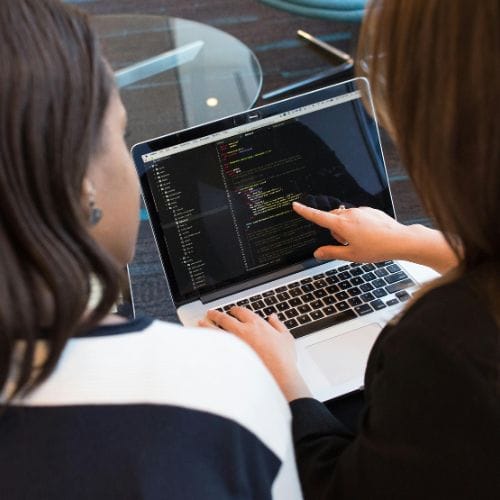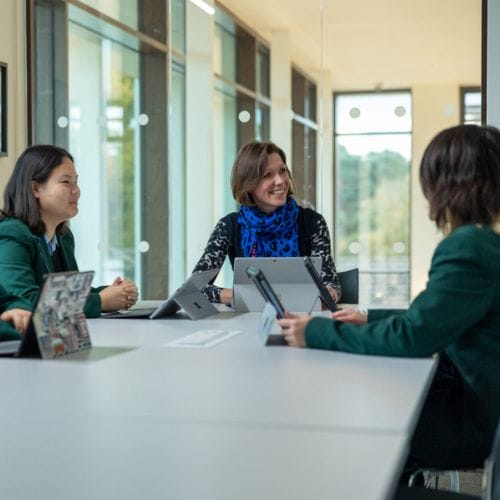
The role of the target language (TL) spoken by the teacher in foreign language classrooms has long been a subject of debate among educators. While some advocate for complete immersion in the TL, others posit a more balanced approach that incorporates the use of both the TL and the students’ native language (L1). Advocates of full TL immersion argue that it provides students with an authentic language learning experience, akin to natural language acquisition. They believe that sustained exposure to the TL facilitates the development of superior listening and speaking proficiencies, along with cultural comprehension (Swain & Lapkin, 2000). Immersion also encourages students to think in the TL, promoting fluency and reducing reliance on translation (Krashen, 1981).
However, the practical application of full TL immersion often presents challenges, especially for beginners or younger learners. Students may feel overwhelmed or frustrated when they do not understand instructions or explanations given by the teacher solely in the TL. From my own experience of learning languages, it is very easy to ‘switch off’ when listening to long stretches of the TL and await familiar English cues. This can lead to decreased motivation and comprehension, hindering students’ overall language acquisition. From the teacher’s perspective, using the target language may slow down the pace of instruction, putting extra pressure on the limited time available to cover the curriculum.
In the Mandarin Chinese classroom, the teacher’s use of the target language is complicated further by several challenging aspects inherent to the Chinese language. Notably, Chinese and English lack cognates – words in two different languages that have similar or practically identical meanings (Yang et al, 2017), with only a minuscule subset of words such as ‘咖啡 kāfēi coffee’ and ‘沙发 shāfā sofa’ exhibiting any semblance to English. Moreover, Chinese has a relatively few numbers of sounds and syllables, meaning that lots of the language can sound very similar to the listener, with the addition of tones compounding the problem further. Therefore, for novice Chinese learners, listening to a Chinese teacher speaking the TL in the classroom can be a daunting task, requiring the use of a range of strategies to support and improve students’ listening skills.
One of the key strategies when it comes to promoting my own use of the TL is using as much Chinese as possible, even if this is at the expense of delivering an absolute authentic experience (Macaro, 2005). Much of my ‘teacher speak’ in the classroom is formed using intra-sentential code-switching, where a key word or phrase is switched to Chinese or English (Macaro, 2005), focusing on the use of high-frequency of words such as ‘作业 zuòyè prep’ and ‘安静 ānjìng quiet’. Although this is considered by many teachers to ‘neither be an asset nor a valuable addition’ (Macaro, 2005, p. 63), my strategy is to select and focus on these words and expressions and use them at every available opportunity in the classroom, as well as encouraging students to use them, thereby ensuring consistent exposure for students over the three-year GCSE course.
I am aware that sometimes this style of ‘teacher speak’ might result in some words and phrases being used in an unnatural way and there is definitely an argument that this type of recourse to ‘Chinglish’ can be a contentious issue (Macaro, 2005). Nonetheless, given the time constraints and complexities associated with the GCSE Chinese examination – in particular the formidable listening component – I feel taking every opportunity to immerse students in as much Chinese as possible should be paramount.
References
Krashen, S.D. (1981). Second Language Acquisition and Second Language Learning. Oxford: Pergamon Press.
Macaro, E. (2005). Codeswitching in the L2 Classroom: A Communication and Learning Strategy. Educational Linguistics, pp.63– 84.
Swain, M. and Lapkin, S. (2000). Task-based second language learning: the uses of the first language. Language Teaching Research, 4(3), pp.251–274.
Yang, M., Cooc, N. and Sheng, L. (2017). An Investigation of Cross-Linguistic Transfer Between Chinese and English: a Meta-Analysis. Asian-Pacific Journal of Second Foreign Language Teaching 2(15).
‘On Using the Target Language in MFL’ by Tim Breeze, published in The Enquiry: Issue 8.
The Enquiry is a staff journal dedicated to reflections on educational research, and teaching and learning at Downe House School. Issue 8 was published in July 2024, looking back at Lent term 2024.
All previous issues can be found here: The Enquiry by downehouseschool Stack – Issuu.













